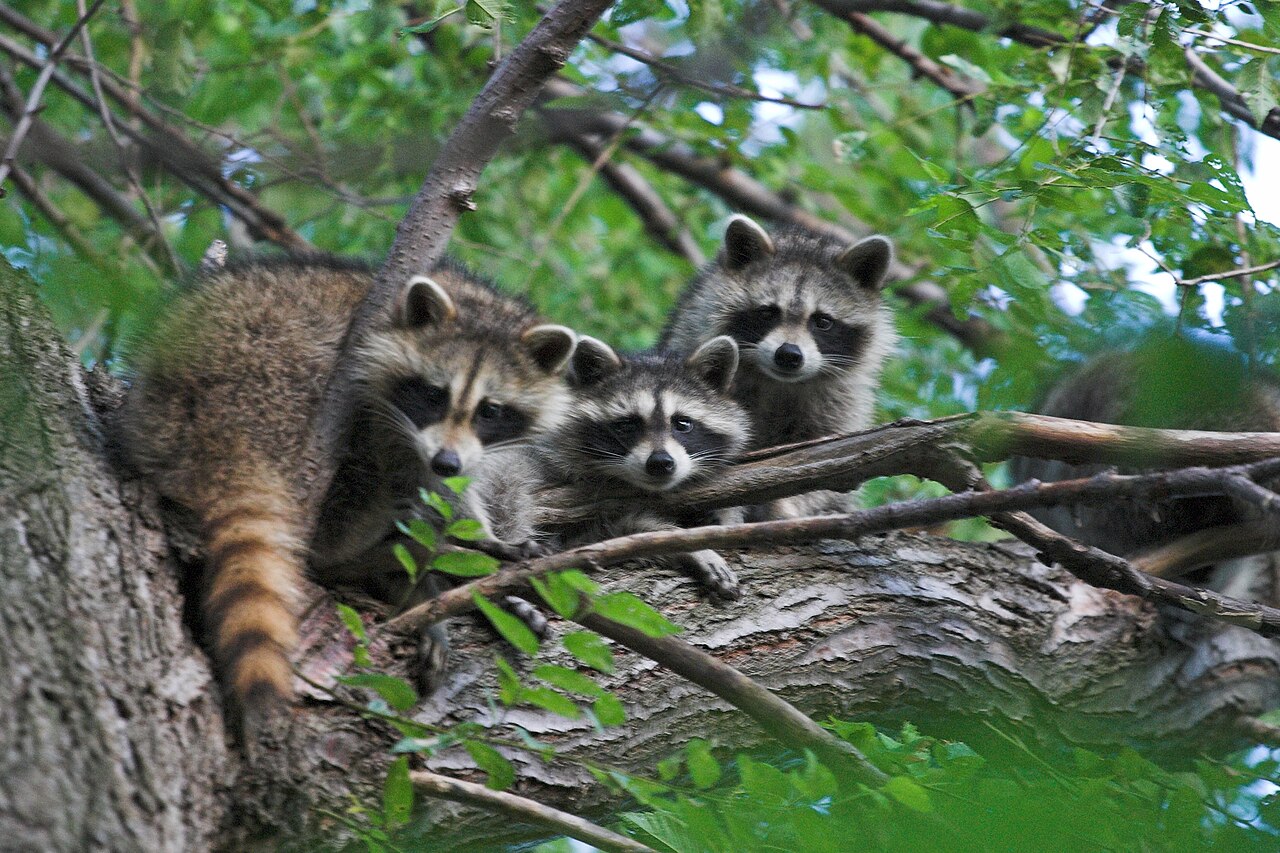do raccoons live in cypress trees
Leave the top 12 to 18 inches unsecured and bent outward. Italian cypress trees Cupressus sempervirens are good privacy screens and live 50 to 150 years.
Do Raccoons Live Or Sleep In Trees
When it comes to living on trees Raccoons often prefer trees with large and long branches where they can easily jump.

. Raccoons are adaptable to environmental changes and can live close to human developments that include city life. Spray plants with a mixture of 1 gallon of water and 2 tablespoons of hot sauce or garlic puree. Mothers taking care of their young ones will also find a large.
This will help you find a collar that is the correct size. They often use trees as strategic areas where they can jump on unsuspecting. Almost anything edible will do for bait sardines fruit or bread all work and a couple of ears of fresh corn will usually be effective.
Traditionally raccoons prefer heavily wooded areas with access to trees water and abundant vegetation. Theyre also likely to establish a home near a source of water. R æ ˈ k uː n Procyon lotor sometimes called the common raccoon to distinguish it from other species is a mammal native to North AmericaIt is the largest of the procyonid family having a body length of 40 to 70 cm 16 to 28 in and a body weight of 5 to 26 kg 11 to 57 lb.
They harbor lots of rats we have seven secure baits around our fence line and now an opossum and a. The preferable area where raccoons will build their nests are regions that have abandoned logs or timber trees that are close to crops such as corn and vegetables. Most raccoons seem to prefer sleeping in large holes in trees or hollow parts of fallen logs.
There are reports of bald cypress growing in Minnesota and New York in zone 5 or colder. Rather they love to climb trees to rest. Not only that but in some cases they have been known to gain access to the inside of homes through chimneys and attics in order to.
The family group may remain intact for about a year. This will be because of the plentiful bugs and other critters that the raccoon can eat as well as the water in which they can swim and also drink. Trouble With Italian Cypress Trees.
It can with stand substantial wind ice and snow with little or no damage. You should now make the collar a piece of sheet metal that is some 36 inches in length and 3 inches wider than. There they make their dens in the hollow parts of trees as well as abandoned burrows traveling up to 18 miles to forage for food.
While hiding under trees or in their dens they use the fat stored up to provide extra insulation for their bodies and the bodies of their young ones being raised. We have renters next door with four large cypress trees. They are strong enough to climb up trees fences or walls.
Install a 4-foot-high wire fence around your garden. One rare case of a pet raccoon reaching 75 lbs. Do Raccoons Live In Trees Can Raccoons Climb Trees images that posted in this website was uploaded by Footagepresseportalde.
They can move into your chicken coop garbage can and other things in your home mostly during the night time. But the actual truth is that they do not live or sleep on trees. The recommended method for this is live trapping.
Due to the fact that raccoons are often found on trees most people are thinking whether or not the animal usually live on trees. Raccoons have got flexible and powerful body structure. Do Raccoons Live In Trees Can Raccoons Climb Trees equipped with a HD resolution x You can save Do Raccoons Live In Trees Can Raccoons Climb Trees for free to your devices.
They will eat pet food that has been left out or even go through pet access doors to find food. Where do raccoons prefer to live. They are not arboreal animals that actually live in treetops but instead these climbing skills help them temporarily get into a better.
Whether in an urban or suburban lot trash cans are inviting. If a raccoon tries to climb the fence its weight will pull the top down and land the animal back on the ground. For example an allee of bald cypress was planted at Longwood Gardens before 1955.
This tall and narrow tree grows up to 50 feet tall at a rate. When in the wild they have a short lifespan of 2 3 years. It just isnt the most feasible option for them.
Raccoons will eat anything they come across including fish frogs snakes and even dead animals. Raccoons change dens frequently sometimes moving on to a new den every night. You need to take measurement of the trunk.
Raccoons are really smart animals with almost human-like hands which make it easy for them to dig through trash and eat whatever is available to them. Its grayish coat mostly consists of dense underfur which. The reach will dependon the size of the raccoon but you should remove all entrancesthat are within some 36 inches from the ground.
The raccoon r ə ˈ k uː n or US. However it is not easy for raccoons to climb up trees that has smooth surface. During the day this wildlife will climb the tree to get a safe place to rest and sleep.
Raccoons are omnivorous eating both plants and animals in developed areas and agricultural settings. Buy a cage trap bait it and leave it in an area the raccoons spend time in. While raccoons can climb trees they do so because it helps them to find sustenance and escape from predators.
Raccoons are extremely adaptable. A raccoon may live in a tree one night and relocate to a cozy spot in your attic the next night. Predominantly they are common in North America including the US and Canada.
Raccoons may appear cuddly and fuzzy little creatures but they are masked bandits. In rural areas raccoons tend toward natural shelters like hollow trees rock crevices brushy areas or abandoned animal burrows. While it has happened it is very unlikely that a raccoon will live in the branches of the tree.
Raccoons do not hibernate but they can hide under trees during extreme weather conditions such as winter. Raccoons also like to nap in the trees particularly when it gets really warm after they have eaten. Check the trap every morning and if you have a raccoon in there take it well.
You will usually find these napping trees are idyllically placed close to water. The raccoons prefer to sleep in large holes in the trees and the hollow parts of the fallen logs. These are not animals that are particularly agile so working their way across a series of tree branches and then expecting to sleep in them without falling out is not one of their more marketable traits.
Raccoons can grow up to 27 inches in size weighing nearly 40 lbs. They also find shelter in abandoned cars attics crawl spaces barns and sheds. However they will stay inside their den when they are not outside hunting and simply relaxing.
Bald cypress hardiness zones are listed as 4-9 5-10 and also 4-11. Also they live in Asia South America and Europe. They can easily clamber up uneven and rough vertical structures.
Raccoons prefer hardwood forest habitats since they require trees bushes and other cover for protection. They are often found in suburban and urban areas making.
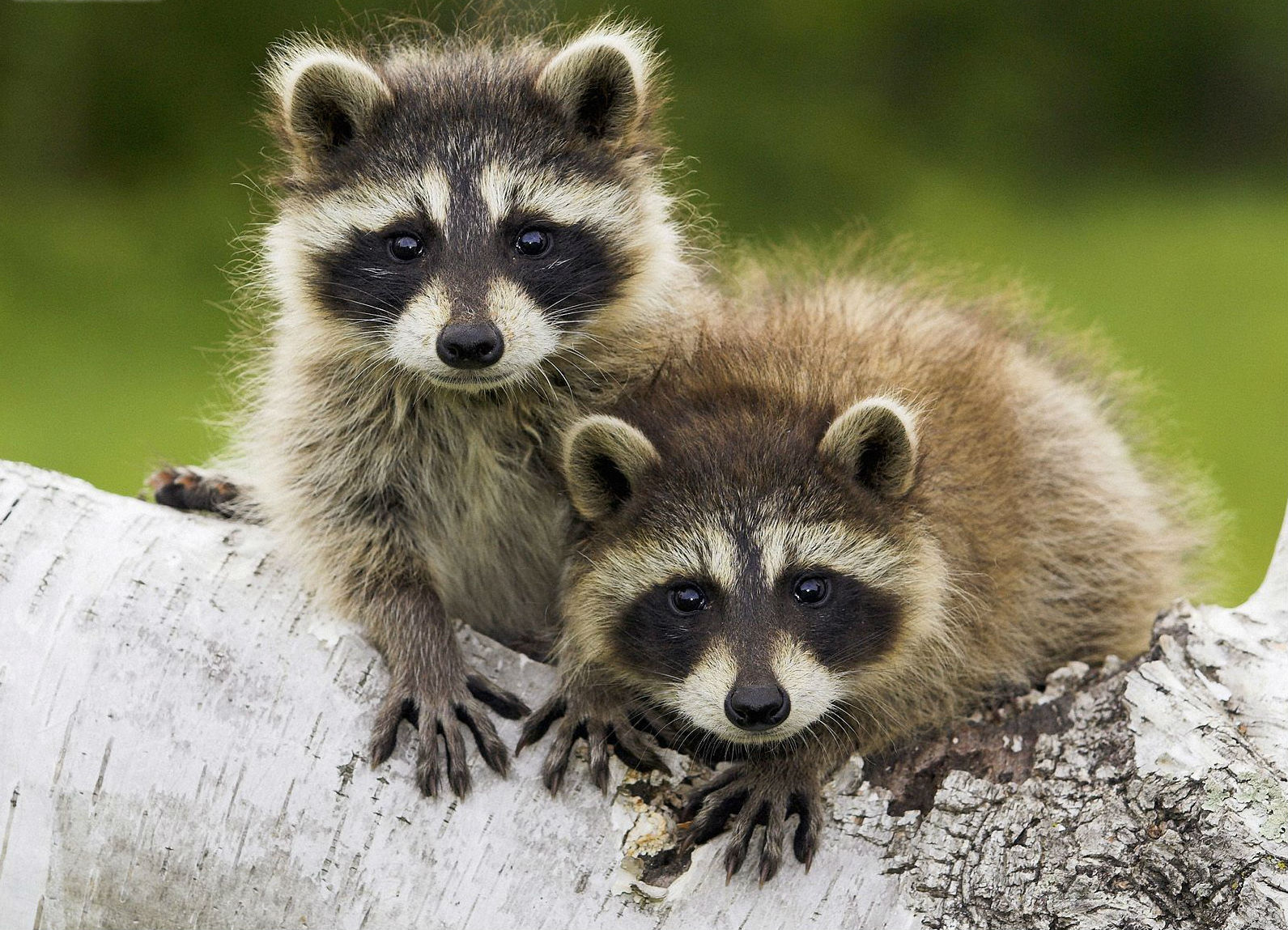
Getting Rid Of Raccoons The Tree Center

Where Do Raccoons Live Wildlife Informer
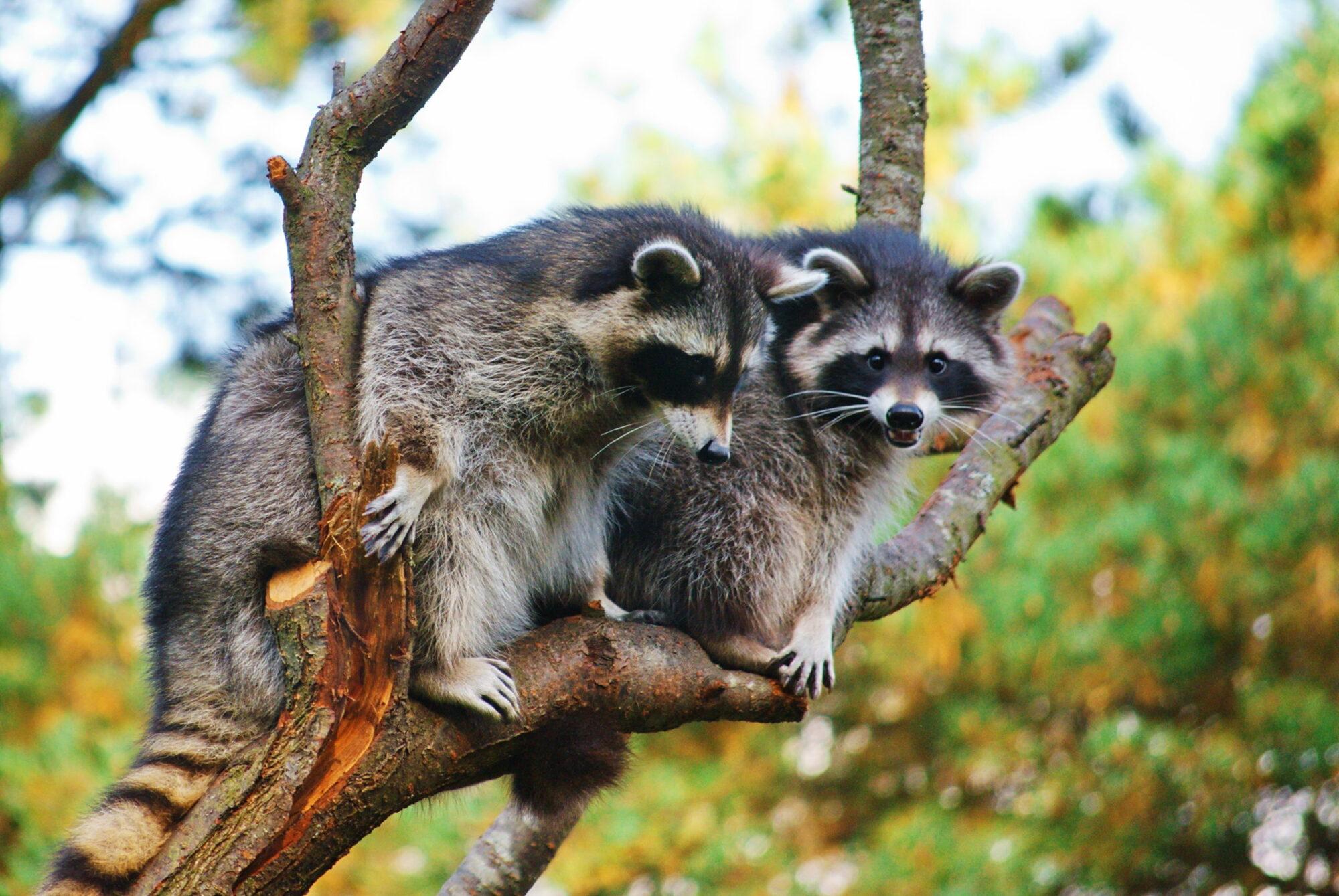
Raccoons Have Got To Go Raccoon Removal Elite Wildlife Services

Where Do Raccoons Live Wildlife Informer

Raccoon Big Thicket National Preserve U S National Park Service
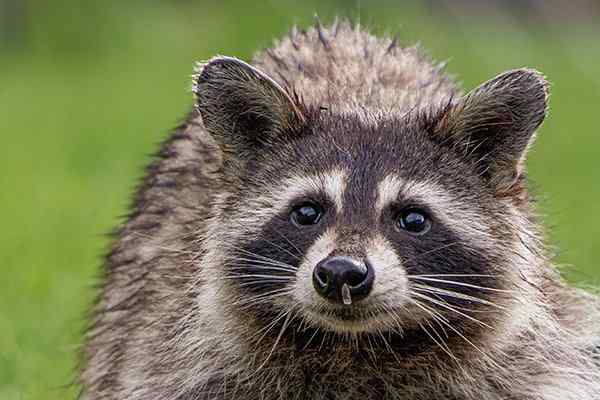
Blog Problems Raccoons Can Cause For Cypress Homeowners

Where Do Raccoons Live Wildlife Informer
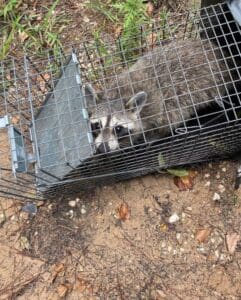
Raccoon Removal Experts Cypress Free Inspection 832 702 9504
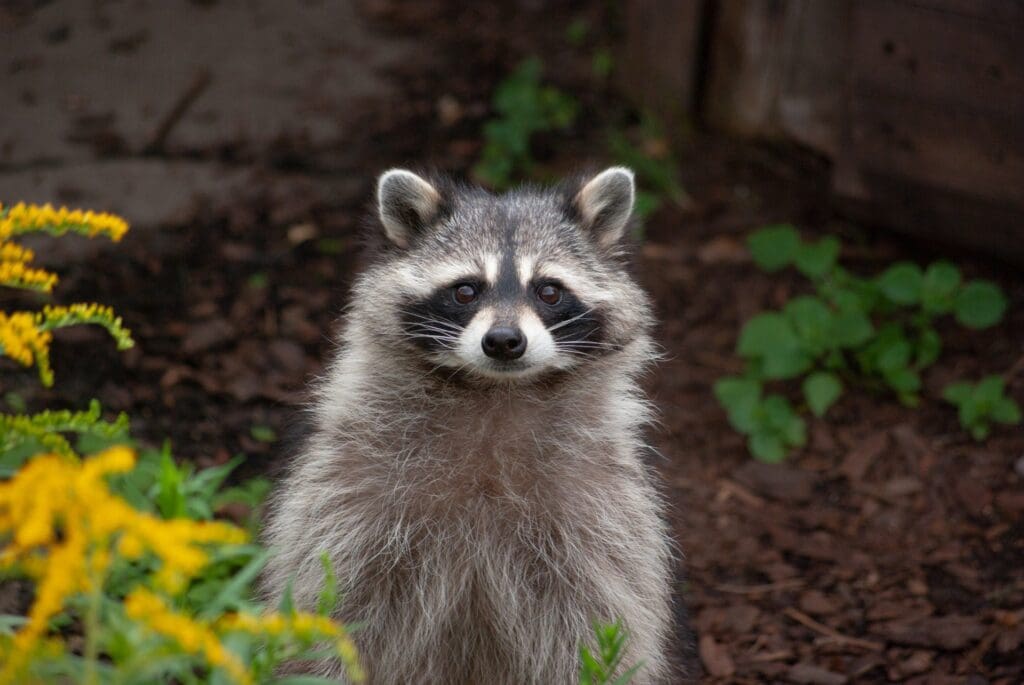
How To Get Rid Of Raccoons Quality Pest And Wildlife
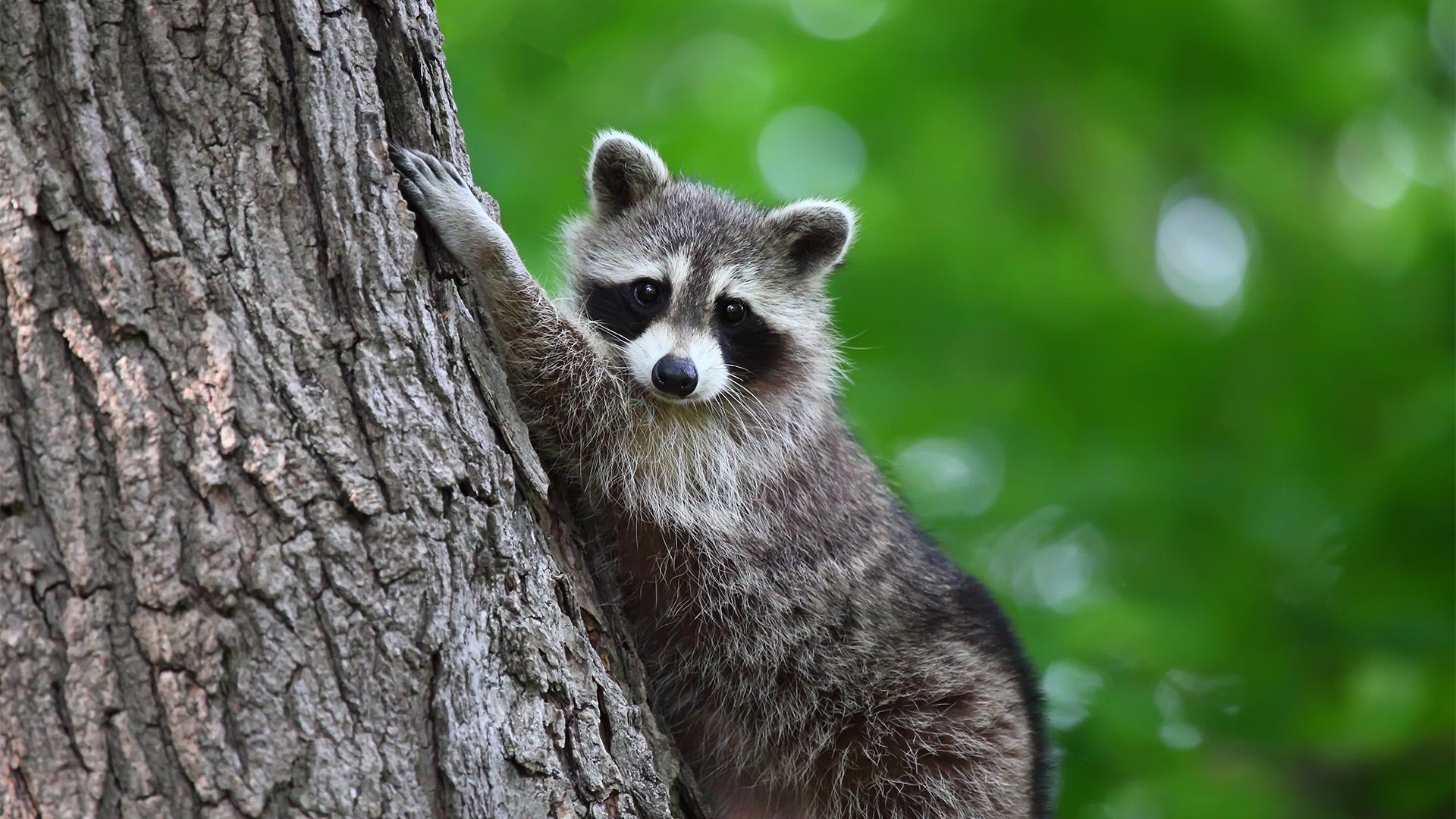
How To Keep Raccoons Out Of Your Yard

Wildlife Mammals Two Baby Raccoons In Tree Murfree Spring Wetlands Baby Raccoon Wetland Raccoon Funny
Raccoon Latrines And Some Veggie Gardens Not Hort Coco Uc Master Gardener Program Of Contra Costa Anr Blogs

Raccoon Big Thicket National Preserve U S National Park Service

3 Unique Ways That Raccoons Can Damage Your Trees Pest Pointers

